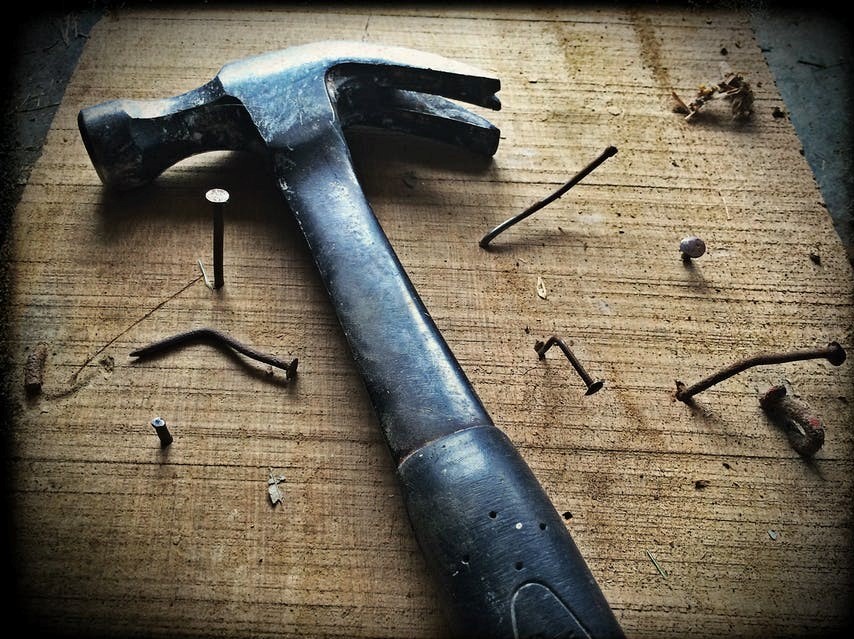Installing Wood Floors

So you’ve made the decision to purchase wood flooring, a commendable one it is too! Now comes the installation, which many people choose to do themselves. This can be a bit of a confusing process if you’re not entirely sure where to start, so we’ve created a step by step guide on just how to install your new floor.
Before you do anything with your new floor you need to make sure that the room you are installing it in is completely prepared. Make sure there are no remnants of your old carpet/floor as this will obstruct the installation and delay the job being completed. You should also make sure that the surface is free from any dirt or debris as well as any furniture in the room too.
Now for the nitty gritty:
There are a few different terms used when it comes to installing a floor, the first thing that you’re likely to come across is what type of subfloor to use. So what is a subfloor? Quite simply, a subfloor is the foundation for a floor. There are three common types of subfloors, concrete, wood (plywood or chipboard) and floor joists or battens.
The type of subfloor that you use also depends on your preferred method of installation as well as the material you are using i.e. solid or engineered flooring. As with subfloors there are three main types of installation, these are known as a floating floor, nailed down or glued down. Let’s explain each one in a little more detail:
Floating – This method is probably recognised as the easiest installation method when it comes to wood flooring as it is the one that requires the least amount of skill or prior experience, making it the ideal choice for anyone who is new to the word of DIY. Floating installation does require an underlay between the subfloor and the floor, this is to prevent any contact between the two and to prevent any moisture from seeping through, as well as insulating the floor too. As mentioned, this method is one of the easiest to use and simply involves using glue to glue to tongue and groove joints together. That’s it! As a side note, this method of installation is not recommended for solid wood floors!
Glue Down – This method requires the use of a bonding agent or adhesive to be applied directly on to the subfloor and for the flooring to then be placed on top. If you are considering laying the flooring on a concrete subfloor then you will need to put something called a Damp Proof Membrane first. This creates a barrier between the subfloor and the wood floor and prevents any moisture from passing through and stops the floor from becoming damp. This method isn’t the easiest to do, especially if you’re inexperienced, the adhesive used needs to bond to the floor and it can be a really messy process if conducted by those who are less skilled. If you are unsure about anything when it comes down to the glue down method then you should contact the flooring retailer for further information.
Nail Down – Although this method is pretty straightforward in the way that it is conducted using this method is only recommended if you have a wooden subfloor and plenty of time to spend on completing the job. It requires using very specific tools and equipment along with a certain amount of skill and knowledge, therefore it is not recommended for DIY amateurs. The nail down method requires a wooden subfloor because, well, you can’t really put a nail in concrete can you?! As the name suggest, the method consists of nailing the boards to the subfloor, which is why a nail gun tends to be recommended as opposed to a hammer.
We’ve created a table to show which subfloor, floor type and installation method go together best –
| Subfloor | Flooring Type | Installation Method |
| Concrete | Solid Wood Floor
Engineered Wood Floor |
Nailed or glue down
Floating or glue down |
| Wood (Plywood) | Solid Wood Floor
Engineered Wood Floor |
Nailed or glue down
Floating or glue down |
| Joists/Battens | Solid Wood Floor
Engineered Wood Floor |
Glue down
Floating or glue down |
We’re not saying that this guide will turn you into the ultimate DIY goer, but hopefully it can help to provide you with a bit of input when it comes to installing your floor. We wish you luck!